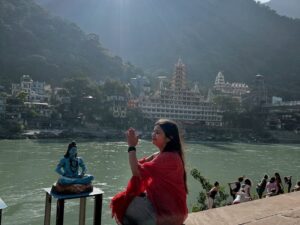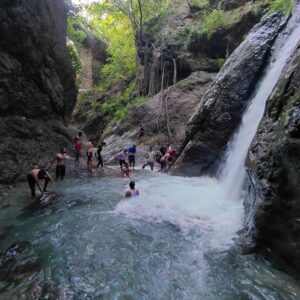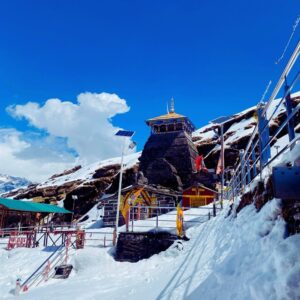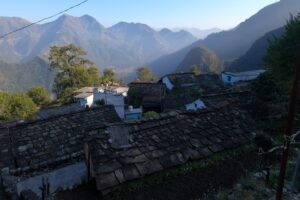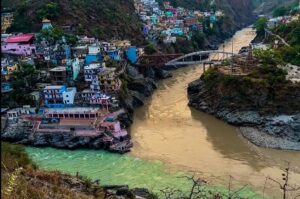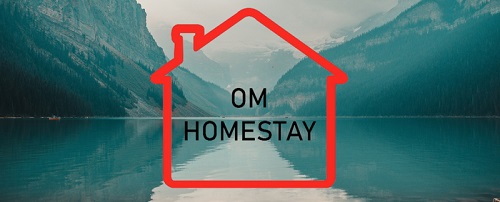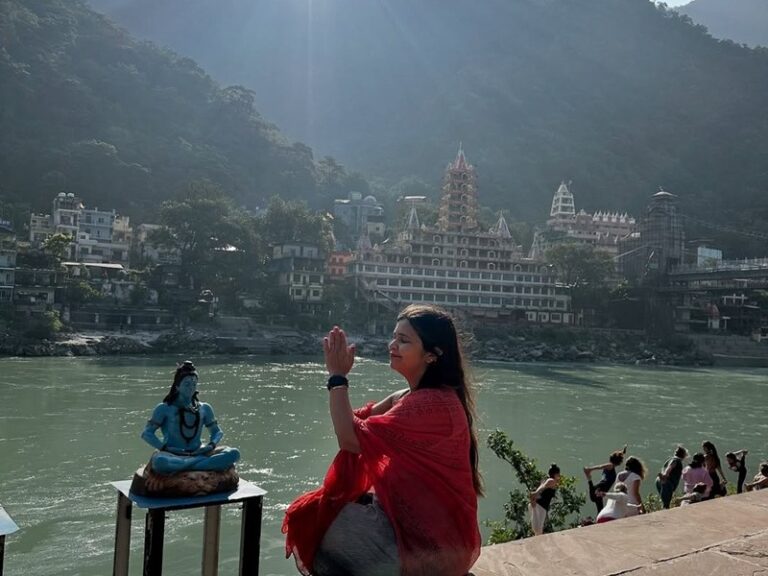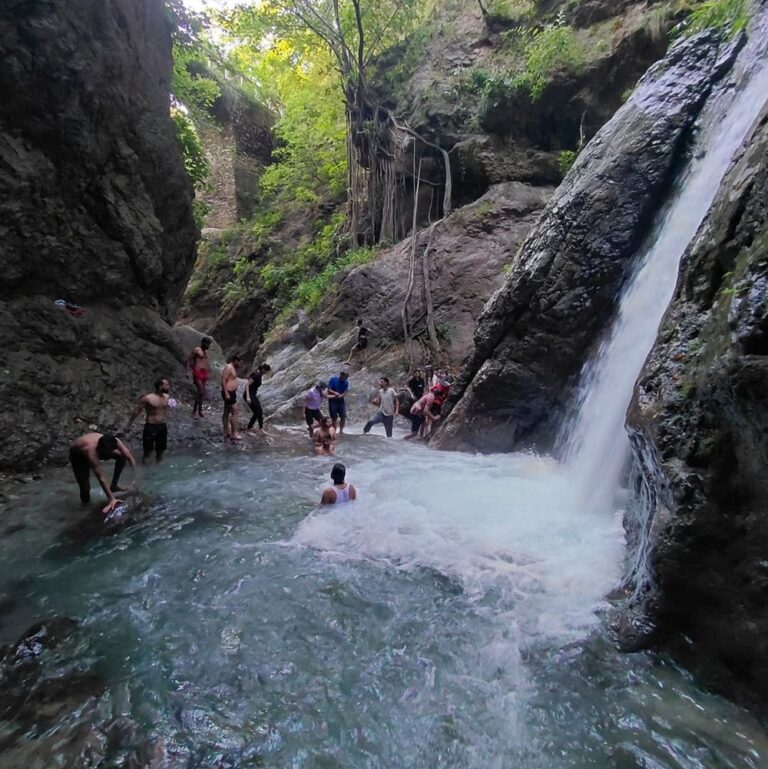Valley of Flowers National Park: When to visit?
The Valley of Flowers National Park is a UNESCO World Heritage Site located in the Chamoli district of Uttarakhand, India. Spread over an area of 87.50 km², the park is known for its stunning alpine meadows, vibrant flowers, and rare Himalayan wildlife. It is situated at an altitude of 3,658 meters and is surrounded by snow-capped peaks, including Nilgiri Parbat and Hathi Parbat.
This blog will take you on a detailed journey into the captivating beauty, rich biodiversity, and fascinating facts surrounding one of India’s most enchanting natural treasures: the Valley of Flowers.
Best Time
The park is open to visitors from June to October and can only be reached by foot. The trek to the Valley of Flowers begins from the small village of Ghangaria, which is located 3 km from the park entrance. From Ghangaria, the trek is an easy 3 km walk that takes you through picturesque meadows, waterfalls, and streams.
The park is home to over 500 species of flowering plants, including the Himalayan blue poppy, Himalayan bellflower, and Himalayan cobra lily. The flowers bloom from June to September and cover the entire valley in a carpet of vibrant colors, making it a paradise for nature lovers and photographers.
Endangered Animal
Apart from the flowers, the Valley of Flowers is also home to a variety of rare Himalayan wildlife, including the Asiatic black bear, snow leopard, musk deer, and Himalayan tahr. The park is also a birdwatcher’s paradise and is home to over 100 species of birds, including the Himalayan monal, snow partridge, and Himalayan griffon.
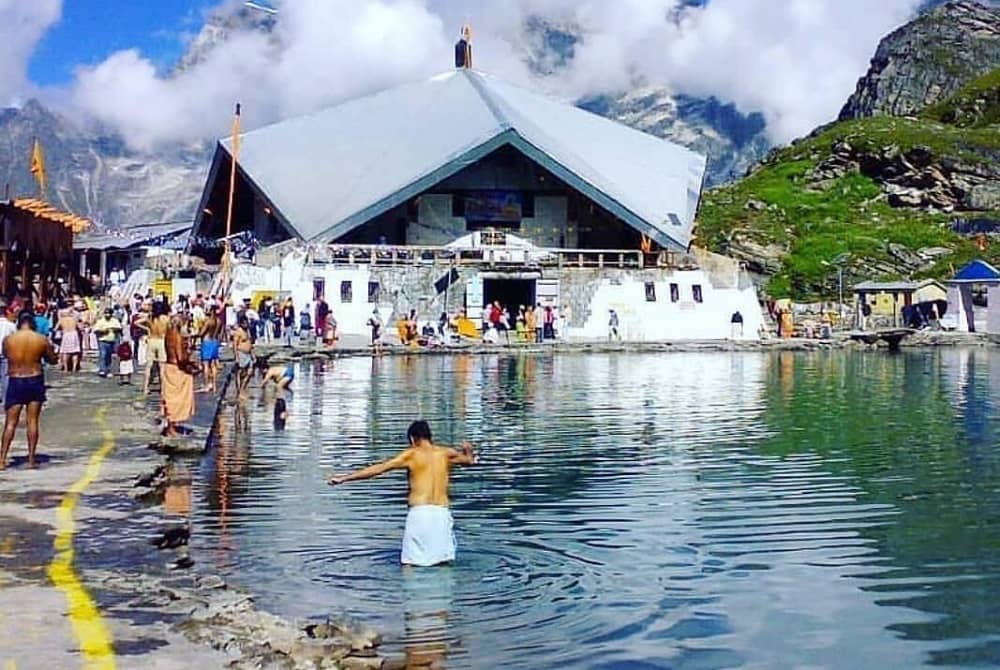
Location and UNESCO World Heritage Status:
Located in the Chamoli district of Uttarakhand, India, the Valley of Flowers is a part of the Nanda Devi Biosphere Reserve. This pristine valley was recognized for its exceptional natural beauty, diverse alpine flora, and unique ecosystem, leading to its designation as a UNESCO World Heritage Site in 1982.
Flora:
A Floral Paradise The Valley of Flowers truly lives up to its name, boasting an incredible array of alpine flowers. More than 300 species of wildflowers bloom here, painting the valley in vibrant hues during the summer months. Exquisite flowers like the Brahma Kamal, Blue Poppy, Himalayan Edelweiss, and Cobra Lily are just a few examples of the floral wonders that adorn the valley.
Blooming Season and Weather:
The valley awakens to its floral extravaganza from July to September when the snow melts and gives way to a riot of colors. The weather during this time is pleasant, with temperatures ranging from 15 to 25 degrees Celsius during the day, making it an ideal time to explore and immerse yourself in the breathtaking scenery.
Trekking to the Valley of Flowers:
To reach this botanical paradise, a picturesque trek of approximately 10 kilometers awaits. The trek begins from the village of Pulna village, where you traverse through rugged terrains, lush forests, and gushing streams. The journey offers stunning vistas of snow-capped peaks, cascading waterfalls, and the ever-present companionship of the magnificent Himalayan landscape.
Fauna:
Beyond the Blooms While the Valley of Flowers is renowned for its floral diversity, it is also home to a variety of fauna. Rare and endangered animal species find refuge here, including the Asiatic black bear, brown bear, snow leopard, musk deer, Himalayan tahr, and numerous bird species. Keep your eyes peeled for these elusive creatures amidst the natural grandeur.
Mythological Connections:
According to Hindu mythology, the Valley of Flowers is believed to be the celestial garden where Lord Hanuman collected mythical herbs during the Ramayana era. The local folklore and the spiritual significance associated with this belief add an intriguing layer to the valley’s allure.
Conservation Efforts and Regulations:
To protect the fragile ecosystem of the Valley of Flowers, stringent conservation measures are in place. The Indian government, in collaboration with environmental organizations, strives to preserve the pristine beauty and biodiversity of the park. Visitors are encouraged to adhere to eco-friendly practices, including proper waste disposal and responsible trekking.
Beyond the Valley:
Hemkund Sahib: For those seeking spiritual solace, the Valley of Flowers trek can be combined with a visit to Hemkund Sahib, a revered Sikh pilgrimage site located nearby. Situated at an altitude of 4,633 meters (15,197 feet), Hemkund Sahib is known for its picturesque glacial lake and the sacred Gurudwara (Sikh temple).
Seasonal Accessibility:
It’s important to note that the Valley of Flowers remains inaccessible during the winter months due to heavy snowfall. The park opens its doors to visitors from June or early July until October, allowing travelers to witness its floral splendor and experience the breathtaking beauty of the region.
Conclusion:
The Valley of Flowers National Park in the Himalayas stands as a testament to the awe-inspiring beauty of nature. With its extraordinary flora, diverse fauna, and mythical associations, this enchanting destination provides an unforgettable experience for nature lovers, adventure enthusiasts, and spiritual seekers alike. Immerse yourself in the splendor of the valley, and let its botanical wonders leave an indelible impression on your heart and soul.


